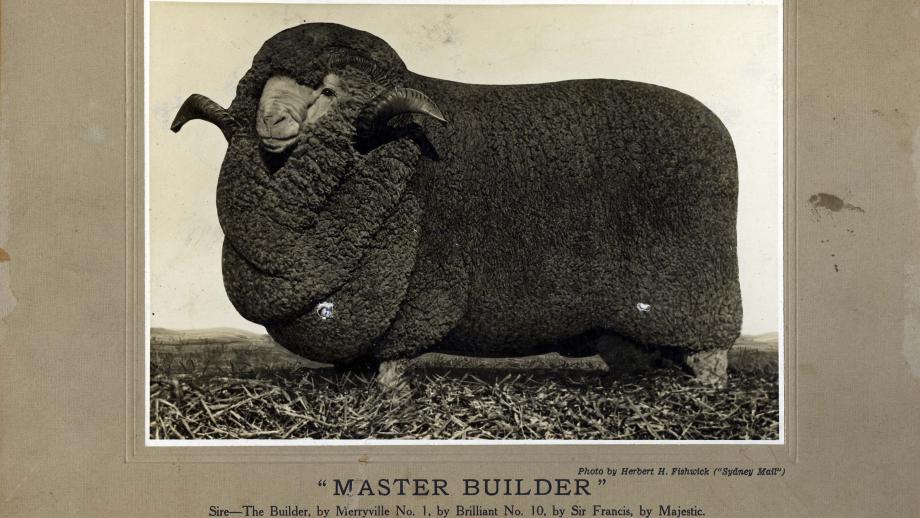Herbert Henry Fyshwick
Herbert Henry Fishwick
Herbert Fishwick was an Englishman who migrated to Australia in his twenties and in 1910 gained employment with Fairfax to produce photographs for the Sydney Morning Herald. He held every photographic position at the Herald, starting as a cadet and working his way up to picture editor.
Fishwick set a standard of innovation, creativity and professionalism that helped the emerging photo department at the Herald gain a worldwide reputation for the quality and strength of its work. During the 1920-21 Ashes Tour Fishwick was responsible for revolutionising the way in which cricket was photographed, introducing the telescopic lens, which enabled action photographs to be taken from a distance with great clarity. These images created a sensation when they were published in England.
In 1937 Fishwick travelled to Germany to purchase the Bermpohl Naturfarbenkamera (natural colours camera) at a time when colour photography was in its infancy. This camera used beam-splitting mirrors to expose three monochromatic plates that were filtered through primary colour filters (red, yellow and blue). When each of these exposures was used to produce a separate colour plate during the printing process, a colour image emerged on the page.
The closure of the Sydney Mail in 1938 prompted Fishwick to strike out on his own. He established a business producing high class photographs of for a number of the leading Merino studs (including this example of champion ram Master Builder). He soon secured a reputation as an expert in animal photography.
Fishwick died at his home in Sydney in 1957 and is remembered as the father of modern sports photography.
Source: The Australian Media Hall of Fame

